| TALES OF HEATH & POND |
VISITOR'S GUEST BOOK | HISTORY OF THE HEATH & POND | GUESTS' PHOTOGRAPHS | SOURCES OF INFORMATION | VIDEOS | SITE MAP |
Cormorants
To see a larger copy of each image click on it; to see the next large image click at the right of the image, to go back click on the left of the image. To close a large image click on the cross in the top right hand corner.
New photographs are usually added to the bottom of the page - click to go to the bottom of this page
2020 |
||
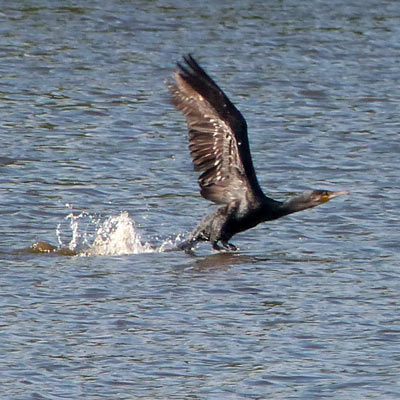 |
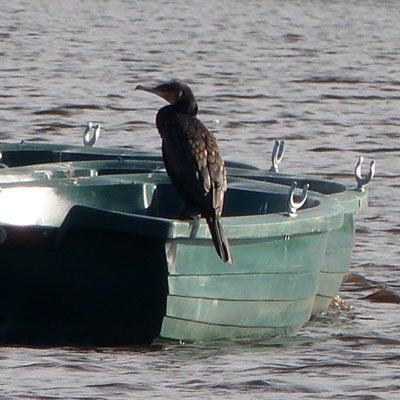 |
|
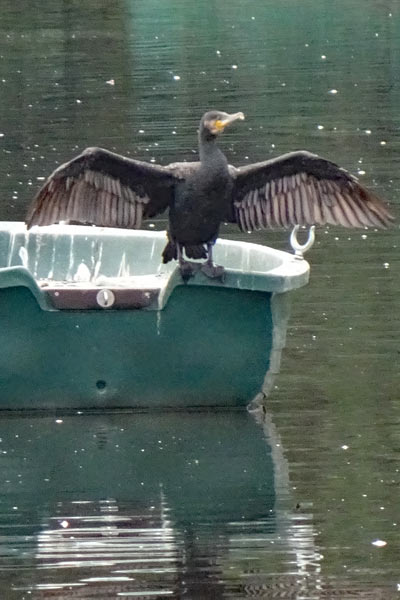 |

The Cormorant is a large, black, fish-eating bird with a long, hook-tipped bill. They can be seen on both coastal and inland waters. When on water they swim low with their bill raised, and often dive with a leap from the water's surface. Their plumage is not waterproof but this has the advantage of allowing them to dive deep, as buoyancy is reduced. When out of the water Cormorant can be seen on elevated perches such as trees or rocks with their wings spread in order to dry them. They need to do this since their feathers are not waterproof. Historically, the Cormorant population in the UK and close continent has been kept at a low level due to persecution by humans and through reduced breeding success (in the 1950-60s) as a result of pesticide pollution. Following protective legislation against persecution in Denmark and Holland in the 1960s, the European population increased rapidly and continental birds started to extend their wintering range into Britain and Ireland. Cormorants are now widespread throughout Britain and Ireland with the highest densities on the coast, at estuaries and on inland waters. |
|
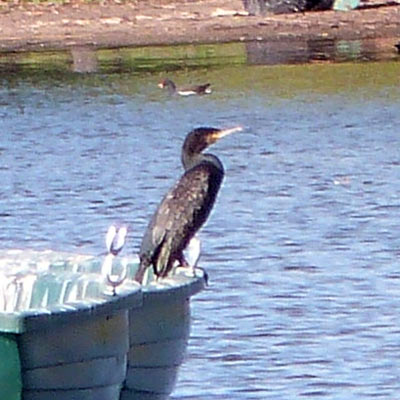 |
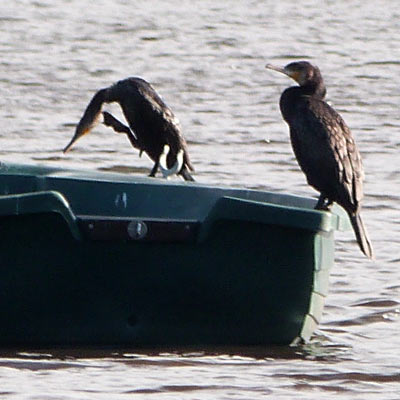 |
|
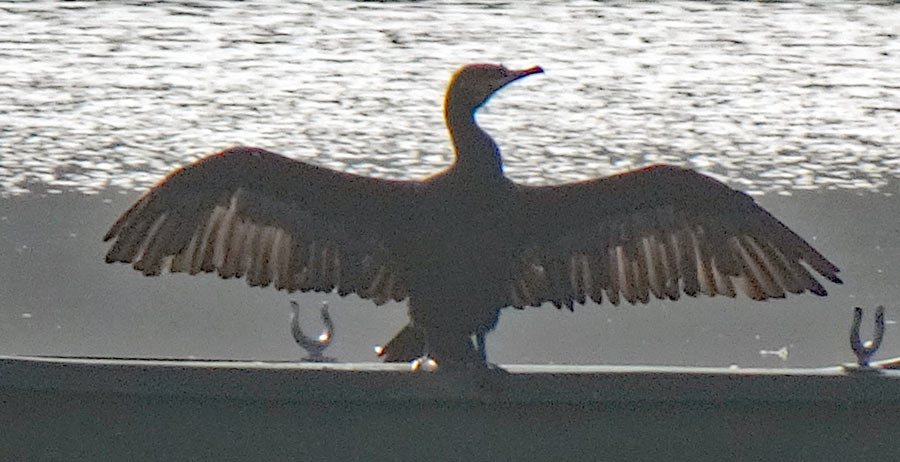 |
||
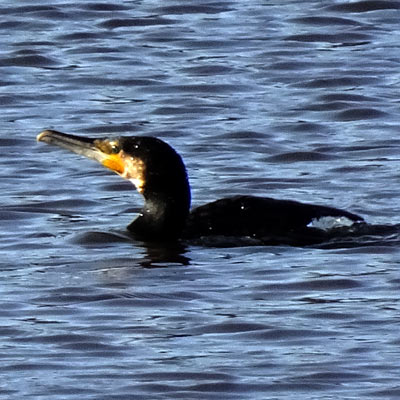 |
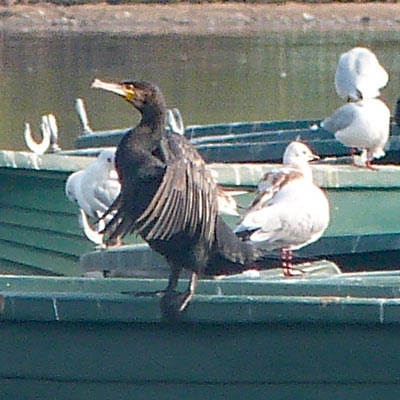 |
|
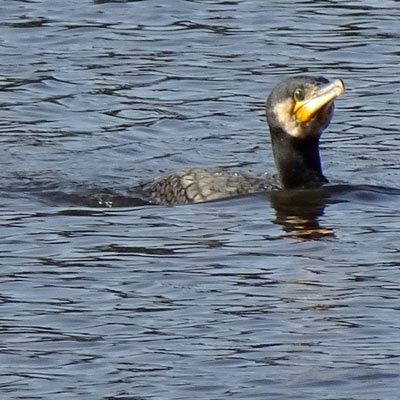 |
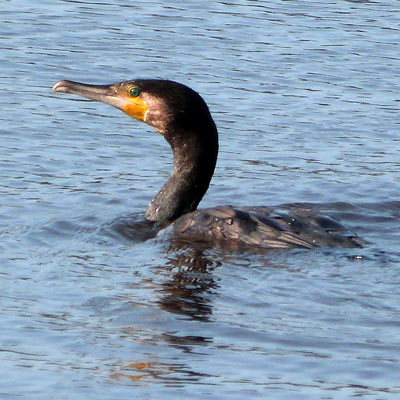 |
|
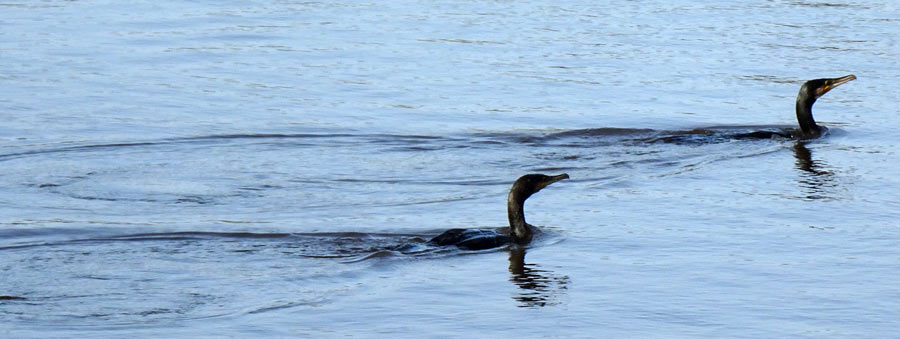 |
||
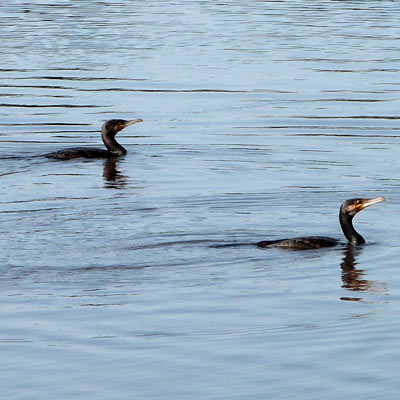 |
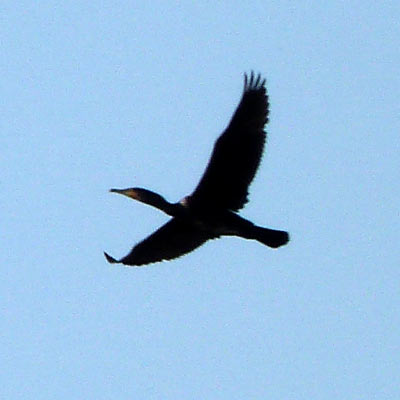 |
|
 |
||
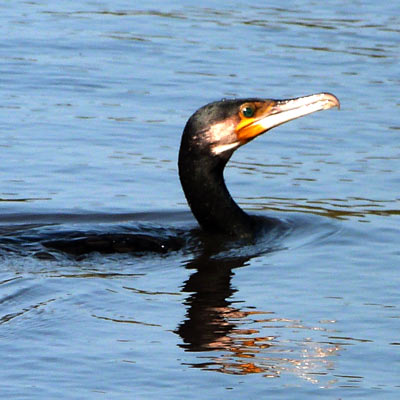 |
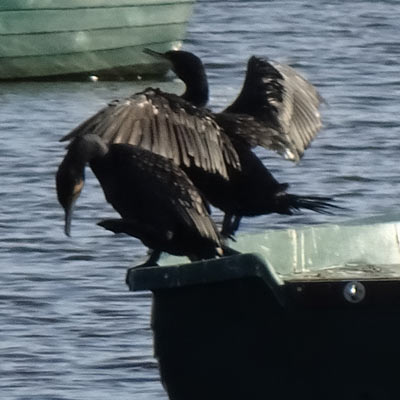 |
|
 |
||
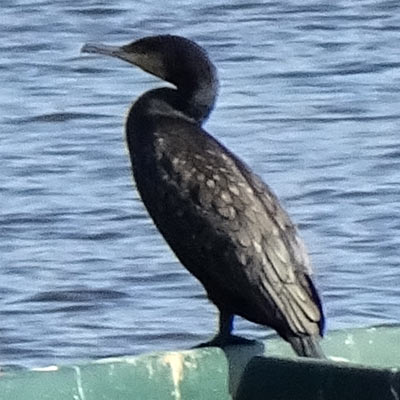 |
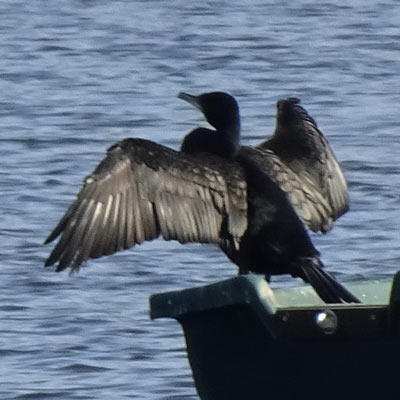 |
|
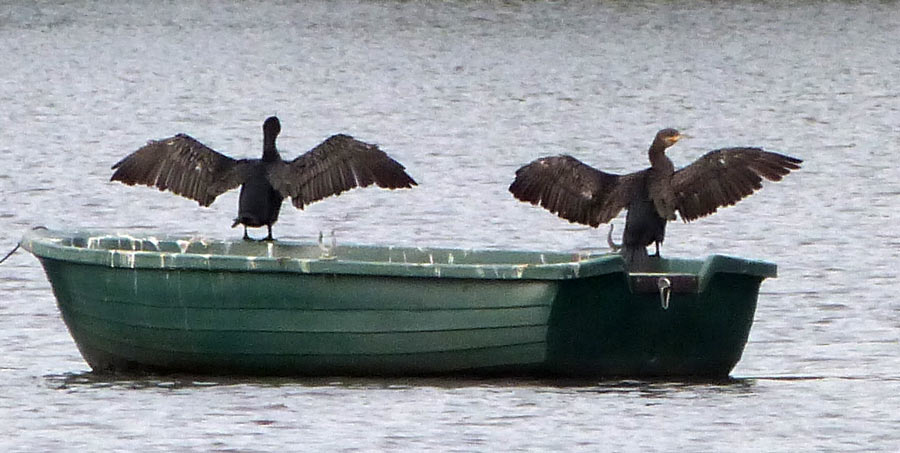 |
||
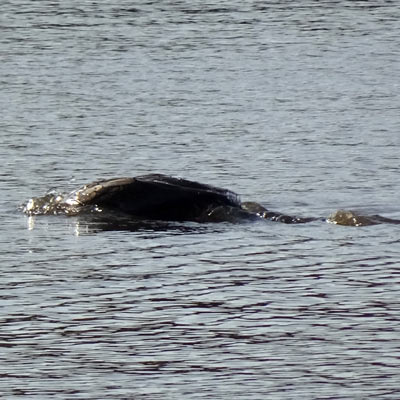 |
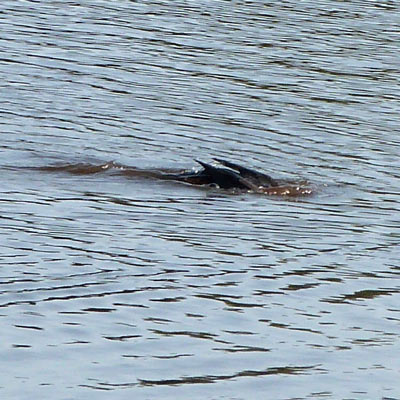 |
|
| Going... | Going... | |
 |
||
| GONE! | ||
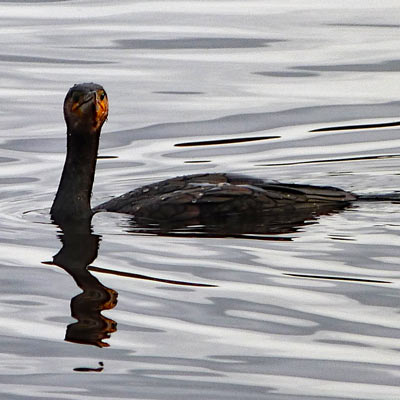 |
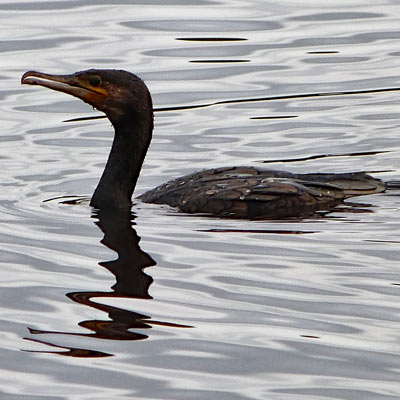 |
|
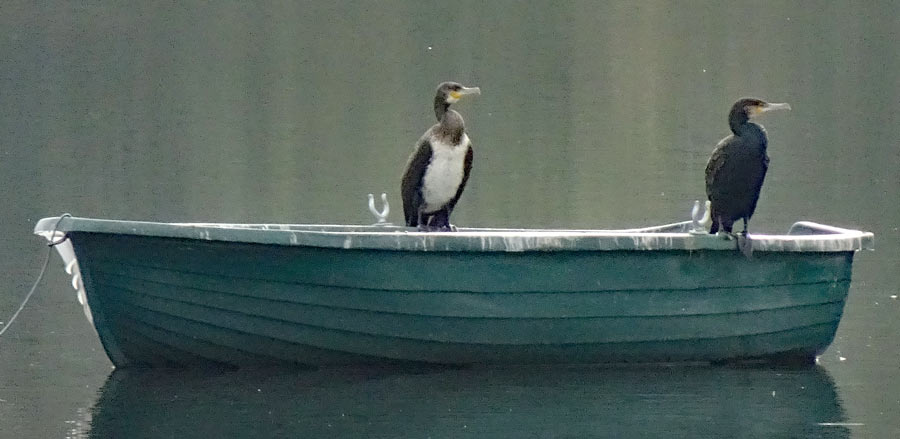 |
||
 |
||
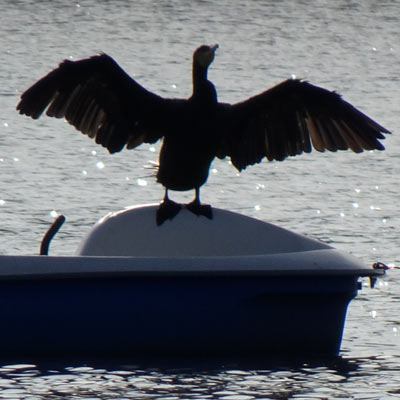 |
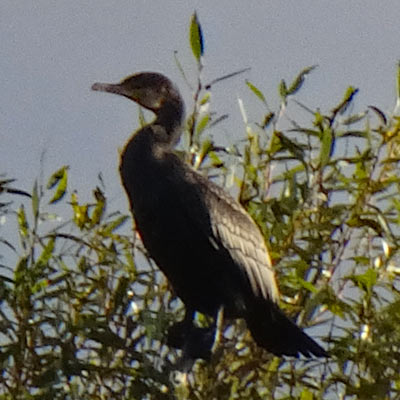 |
|
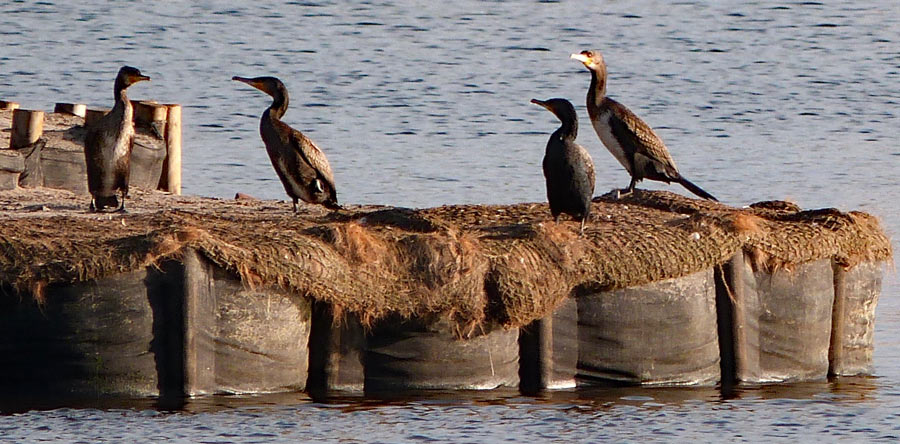 |
||
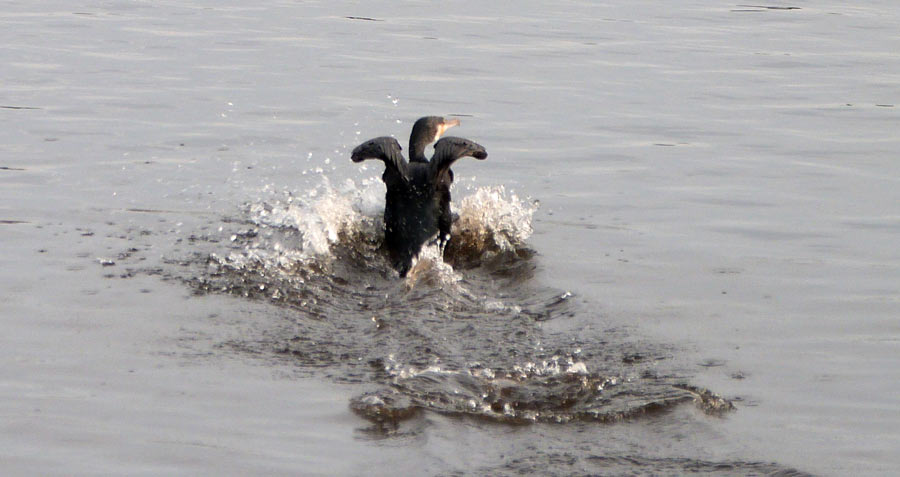 |
||
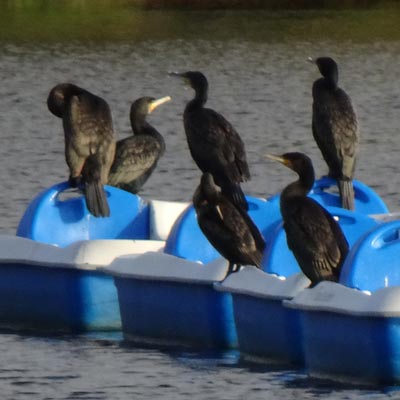 |
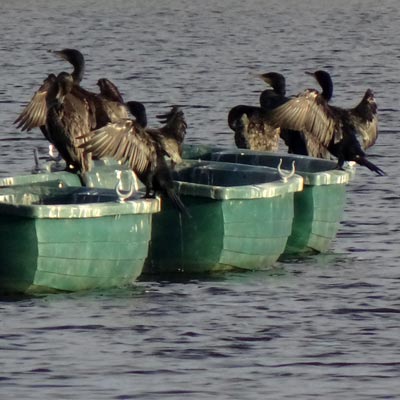 |
|
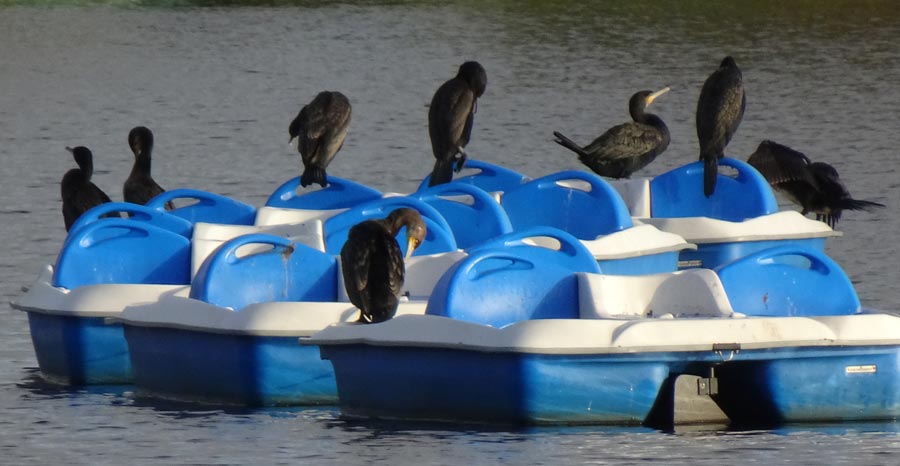 |
||
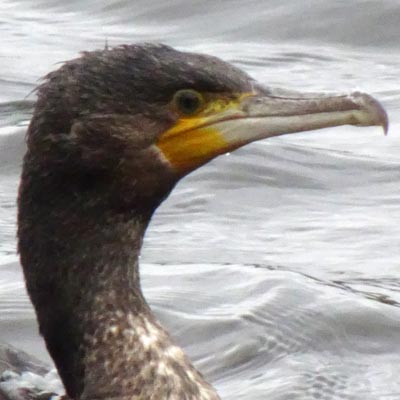 |
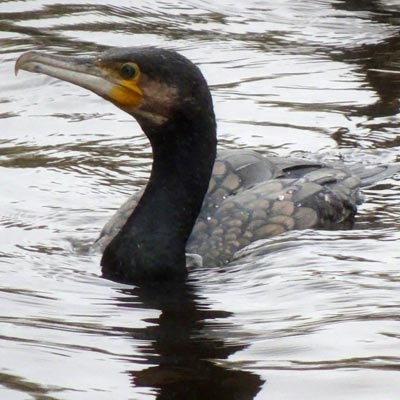 |
|
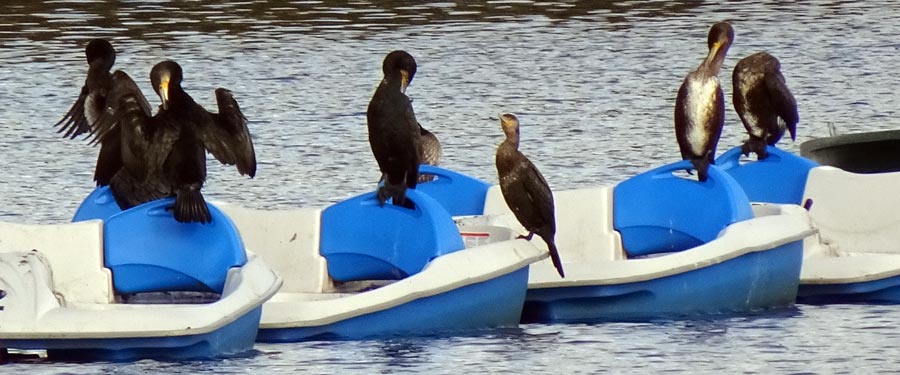 |
||
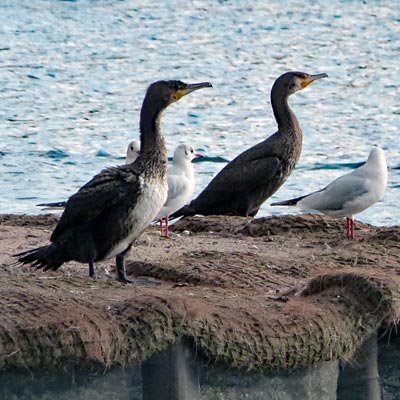 |
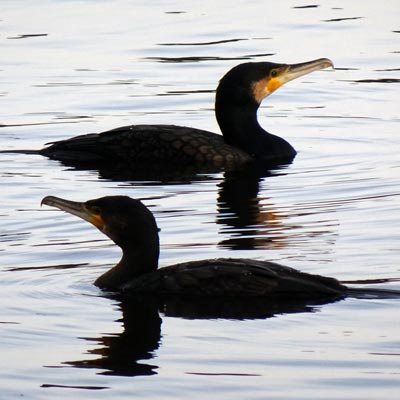 |
|
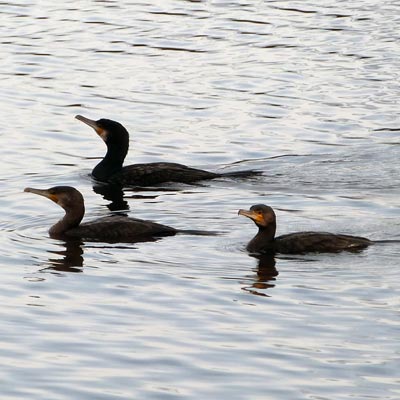 |
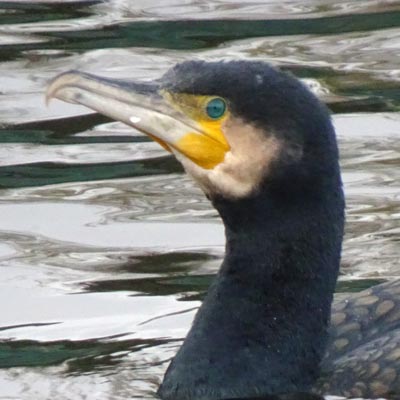 |
|
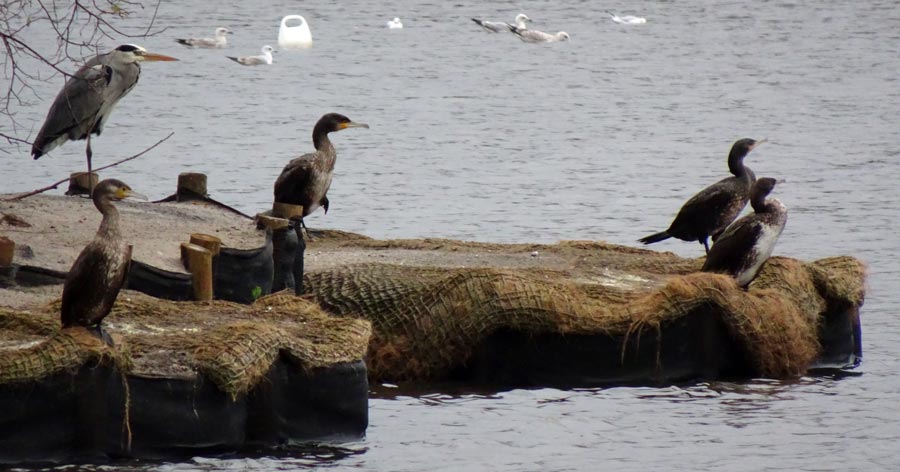 |
||
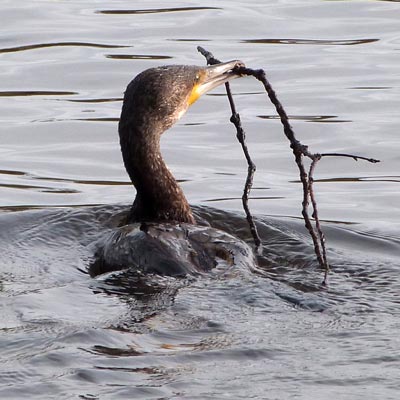 |
||
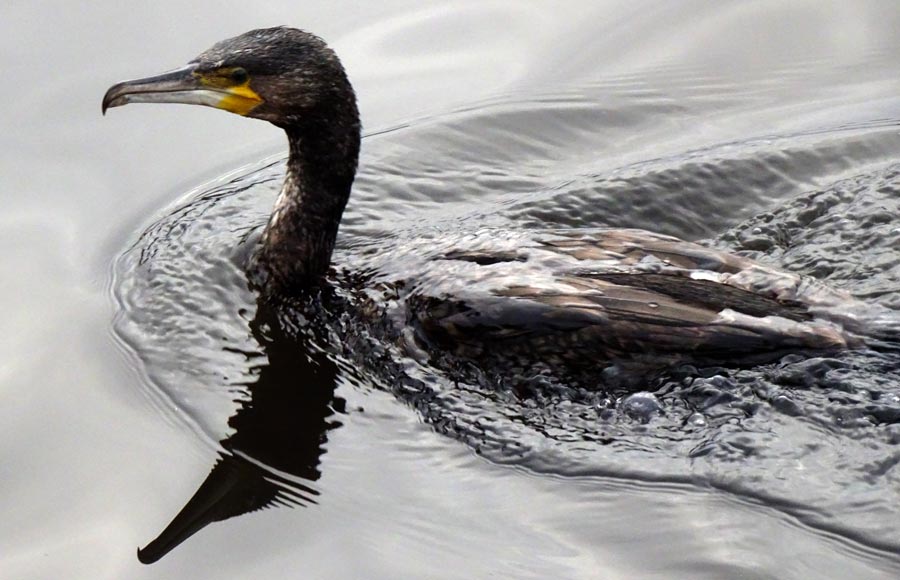 |
||
2021 |
||
| Go to the top of this page | ||